The Complexity And In-depth Exploration of Blood Clots
The formation of clots in your blood vessels could be life-threatening, causing a wealth of health complications. Let's dive into the world of blood clots and discover practical ways to ensure your health and well-being.
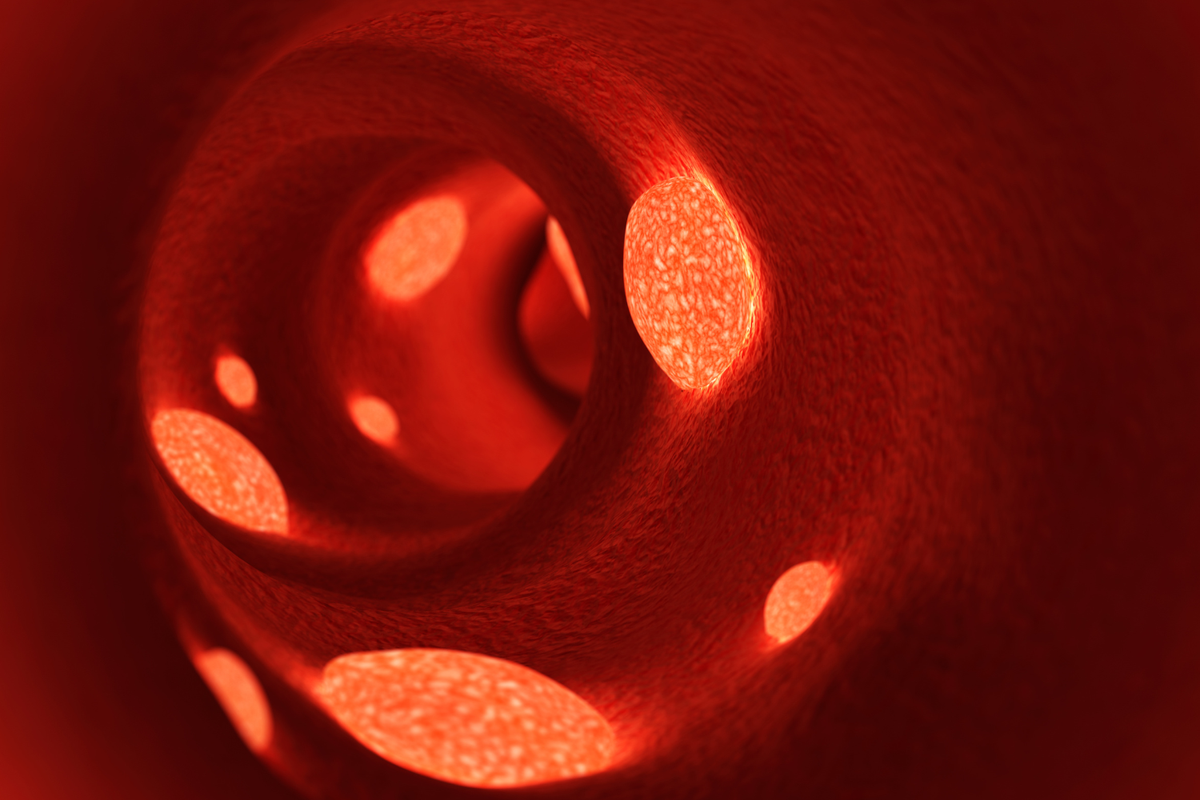
Are you constantly worried about the risk of blood clots? The formation of clots in your blood vessels could be life-threatening, causing a wealth of health complications. But there's good news - understanding the causes and symptoms of blood clots can help you take preventive measures and achieve peace of mind. Let's dive into the world of blood clots and discover practical ways to ensure your health and well-being.
Who Can Benefit From This Article?
This article can be immensely beneficial for a broad spectrum of readers. Primarily, individuals with a family history of clotting disorders may gain valuable insights to help them better understand their risk and adopt preventive measures. People who lead sedentary lifestyles or have jobs that require prolonged sitting or standing can also benefit by learning about the risks associated with their routines. Additionally, medical professionals, students, or anyone with an interest in human health and physiology might find this in-depth exploration of blood clotting mechanisms useful. Lastly, individuals seeking to make informed decisions about their health and wellness will find this article enlightening, especially with the products we mention further down the article.
What is a Blood Clot?
A blood clot, scientifically referred to as a thrombus, is a gel-like collection of blood cells that forms in your blood vessels, particularly when the blood starts coagulating or thickening. The primary purpose of these clots is to halt bleeding when a blood vessel is injured or damaged. Under normal conditions, the formation and dissolution of blood clots is a natural process that is crucial to our body's healing mechanism. However, problems arise when clots form when they should not, or when they do not dissolve properly. These undesired clots can cause blockages in the veins and arteries, leading to potential health complications such as strokes and heart attacks.
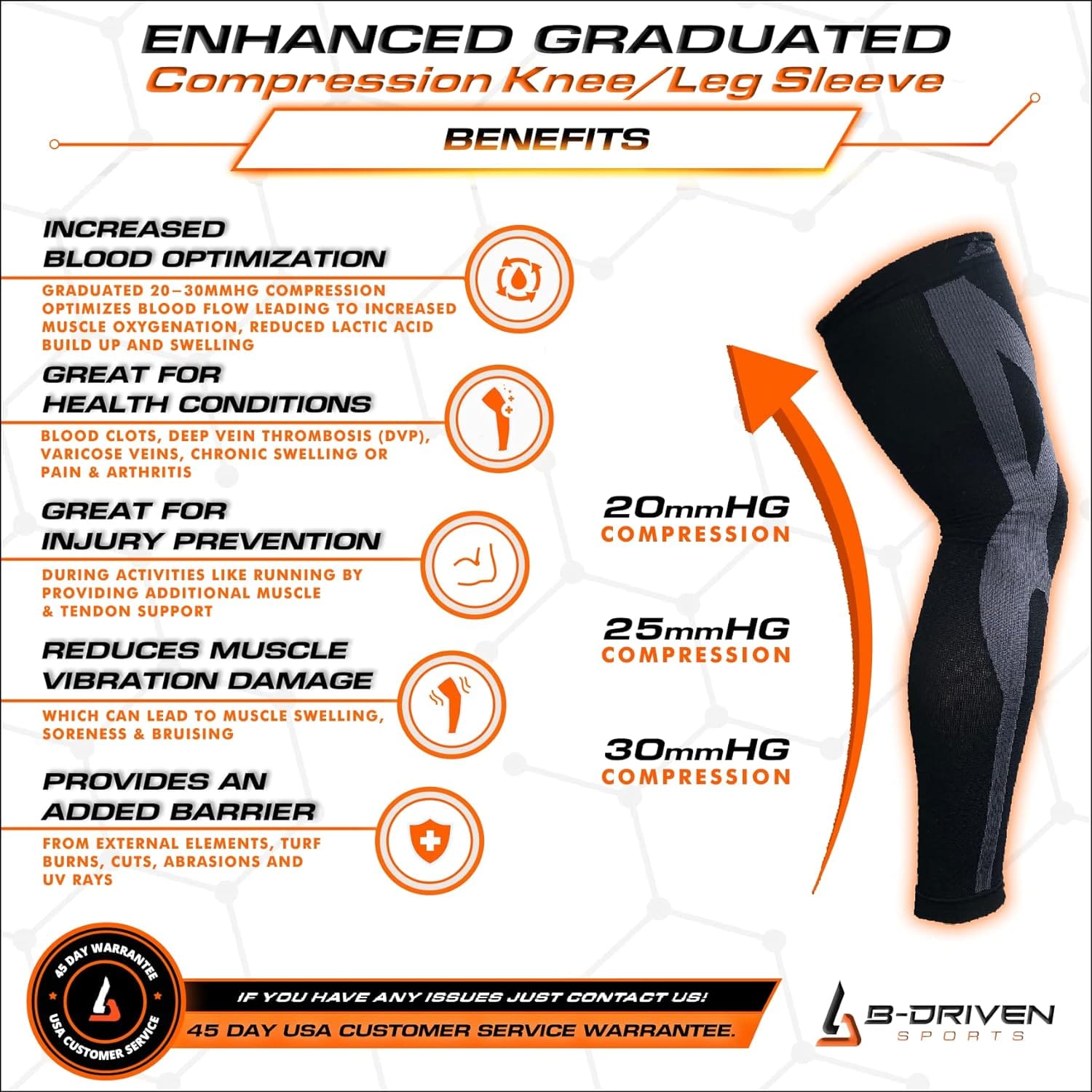
Full Leg Compression Sleeves For Men Women - Medical Grade 20-30mmHG - Running, Recovery, Swelling -Thigh Calf Knee Support
Affiliate Disclosure: Kindly be advised that this document includes affiliate links. When you click on these links and make a purchase, we may earn a commission at no extra cost to you. Please rest assured that all opinions expressed are our own. This partnership plays a crucial role in sustaining our blog and enables us to provide valuable content to you free of charge. We genuinely appreciate your support!
What Causes A Blood Clot And How Do You Get It?
Blood clots can form due to a variety of reasons. Here is a list of common causes:
Immobility: Long periods of inactivity can slow blood flow, potentially leading to clotting. This is often seen in people who are bedridden or sit for extended periods, like during a long flight or car ride.
Surgery and injury: Any damage to the blood vessels can stimulate the clot formation process. This is especially common post-surgery or after an injury.
Certain medications: Some drugs, particularly hormonal medications like birth control pills or hormone replacement therapy, can increase the risk of clotting.
Smoking: This habit affects blood consistency and circulation, promoting clot formation.
Pregnancy: During pregnancy, the pressure in your legs and pelvis increases. This pressure can slow blood flow, which increases clotting risk.
Chronic diseases: Certain diseases like heart disease and cancer can increase the blood's tendency to clot. Additionally, treatments for these diseases, such as chemotherapy, can also increase clotting risk.
Genetic disorders: Some people inherit disorders that make their blood clot more easily. It's important to know your family history and discuss it with your doctor.
Age: Older adults have a higher risk of developing blood clots, particularly those over 60.
Obesity: Excess weight increases pressure on the veins in your pelvis and legs, leading to an increased risk of clots.
Notably, it's possible to have more than one of these risk factors, further increasing the risk of clot formation.
Identification of Blood Clots- What Does a Blood Clot Look & Feel Like?
Recognizing a blood clot can be challenging as they often form without noticeable symptoms. However, when symptoms do occur, they can vary based on the location of the clot. Generally, a clot in an artery can cause symptoms such as pain, warmth, redness, and swelling in the affected area. If the clot is in a vein, it might present with a bluish tint to the skin, a cool feeling, and a heavy ache. It is important to remember that these symptoms can mimic other conditions, and so, it is critical to seek immediate medical attention if you suspect a clot. In some cases, a blood clot can dissolve on its own, but if it doesn't, it can dislodge and move to other areas of the body, causing serious complications.
What are the Signs and Symptoms of a Blood Clot?
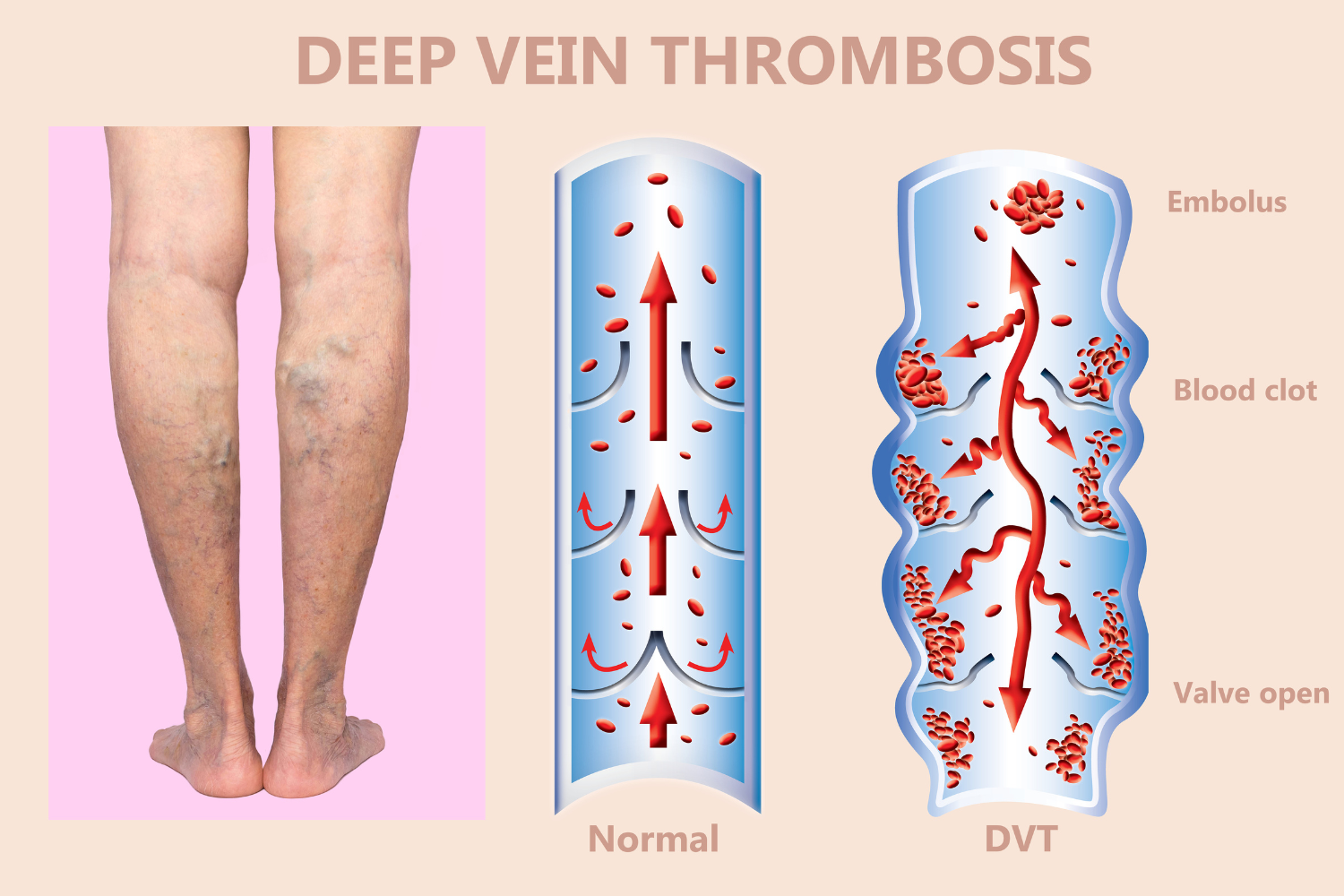
Blood clots can form in various parts of the body, leading to a range of symptoms. It's essential to know these signs as early detection can significantly improve treatment outcomes. Here are the common ones:
- Deep Vein Thrombosis (DVT): This type of clot usually forms in the leg. Symptoms can include pain, swelling, tenderness, a heavy ache, warmth, and red or discolored skin.
- Pulmonary Embolism (PE): This clot forms in the lungs. Symptoms can include shortness of breath, chest pain (which may worsen with deep breathing), an unexplained cough, and coughing up blood.
- Stroke: A clot can block blood flow in the brain, causing a stroke. The telltale signs include sudden weakness or numbness on one side of the body, difficulty speaking, sudden blurred or decreased vision, sudden dizziness or loss of balance, and severe headache with no known cause.
- Heart Attack: A clot that blocks the blood flow to the heart can cause a heart attack. Symptoms may include chest discomfort or pain, shortness of breath, discomfort in other areas of the upper body, and other signs such as breaking out in a cold sweat, nausea, or lightheadedness.
- Arterial Clots: These clots can cause symptoms like severe pain, paleness, coldness, and loss of function in the area of the clot, such as arm or leg.
It is crucial to seek immediate medical attention if you experience any of these symptoms, as blood clots can quickly become life-threatening.
How Can You Tell If You Have a Blood Clot and the First Signs of It?
While no substitute for professional medical advice, here are a few signs that may indicate the presence of a blood clot:
- Swelling in a limb: One of the signs of a deep vein thrombosis (DVT) is noticeable swelling in one leg or arm. This may also be accompanied by pain or tenderness.
- Red or discolored skin: If an area of your skin suddenly turns red or becomes discolored, it could be a sign of a blood clot.
- Warm skin: The skin over the affected area may feel warm to the touch, another indication of a potential clot.
- Breathing problems: Unexplained shortness of breath, rapid breathing, or chest pain that worsens when you take a deep breath could be signs of a pulmonary embolism (PE).
- Coughing up blood: Although less common, coughing up blood can indicate a serious condition like PE.
- Sudden onset of pain: Severe pain in the leg, arm, or along the course of a vein may signal the presence of a blood clot.
- Altered vision or speech: Sudden difficulty with speech, blurred or decreased vision, or issues with balance or coordination could be signs of a stroke.
- Chest discomfort: Unexplained chest pain or discomfort could be indicative of a heart attack, which can result due to a blood clot blocking the blood flow to the heart.
- Cold and pale limb: If a leg or arm suddenly feels cold to the touch, appears pale, or loses its function, it could be due to an arterial clot.
It's crucial to remember that these symptoms can be caused by conditions other than blood clots, so it's vital to seek immediate medical attention if you experience them.
The Intricacies of Blood Clot Formation
An Overview of the Circulatory System
The circulatory system, also known as the cardiovascular system, is a complex network of blood vessels and the heart that ensures the steady flow of oxygenated blood to all parts of the body. It consists of two major components: the systemic circulation and the pulmonary circulation. The heart acts as a powerful pump, propelling blood through a series of vessels to deliver vital nutrients and oxygen while removing waste products. Blood vessels play a crucial role in this process, serving as conduits for blood transportation. Arteries, capillaries, and veins are three main types of blood vessels. Arteries carry oxygen-rich blood away from the heart to supply tissues throughout the body. Capillaries form an intricate network connecting arteries to veins and facilitate nutrient exchange between blood and surrounding tissues. Veins return deoxygenated blood back to the heart for oxygenation. Components of Blood: Red and White Blood Cells, Platelets, PlasmaWithin this remarkable circulatory system flows an extraordinary fluid called blood. Blood is composed of various components that work in harmony to maintain homeostasis in our bodies. Red blood cells (erythrocytes) are responsible for carrying oxygen from the lungs to all other cells in our body while simultaneously transporting carbon dioxide back to the lungs for exhalation. Their distinctive red color is due to hemoglobin – an iron-rich protein that binds with oxygen molecules. White blood cells (leukocytes) play a critical role in defending our bodies against infections by identifying and destroying foreign invaders such as bacteria or viruses. They consist of different types such as neutrophils, lymphocytes, monocytes, eosinophils, and basophils – each with their own specialized functions. Platelets (thrombocytes) are tiny fragments present in our blood that work together to form clots. They play a vital role in stopping bleeding by clumping together and activating the coagulation process when an injury occurs. Plasma, the liquid component of blood, serves as a medium for transporting various substances such as nutrients, hormones, waste products, and antibodies. It also contains clotting factors necessary for the formation of blood clots when needed.
If you're looking for a product that has potential utility in aiding blood clots, the product listed below has received some positive feedback on Amazon. Click below to see more on it.
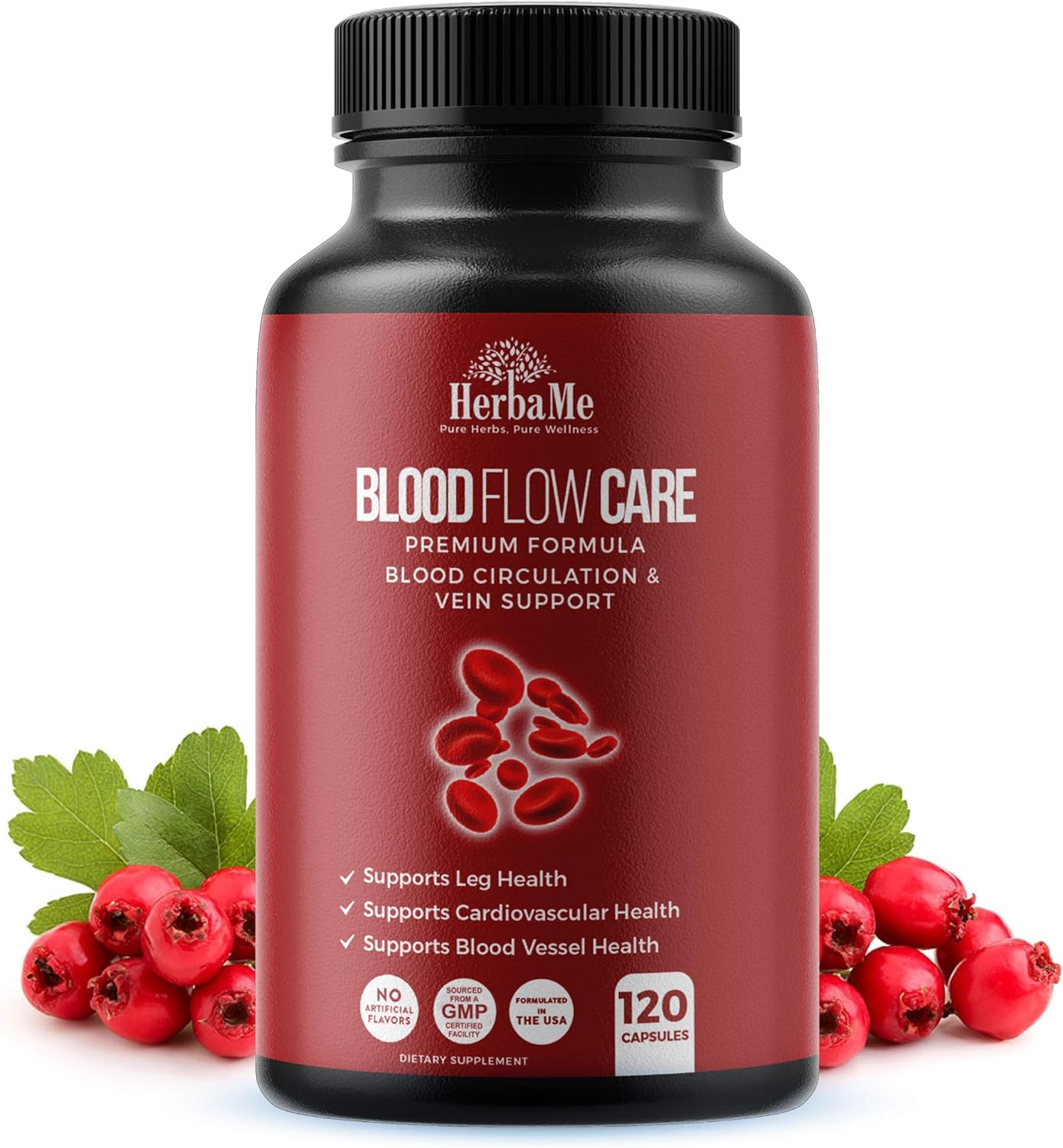
HerbaMe Blood Circulation Supplement
FDA Disclaimer: The products mentioned above are not intended to diagnose, treat, cure, or prevent any disease or health condition. The information provided in this document is for informational purposes only and is not meant as a substitute for advice from your physician or other health care professional. Always seek the advice of a doctor before starting any new treatment, discontinuing an existing treatment, or following any health or lifestyle advice mentioned here.
Affiliate Disclosure: Please remember that this document contains affiliate links. By clicking on these links and making a purchase, we may earn a commission at no additional cost to you.
The Normal Clotting Process: A Delicate Balance
The human body possesses a remarkable ability to quickly respond to injuries or damage in order to prevent excessive bleeding. This complex process is known as hemostasis and involves several finely orchestrated steps. When a blood vessel is damaged, platelets immediately rush to the site of injury. These small cell fragments adhere to the damaged vessel walls through adhesive proteins like von Willebrand factor. Once attached, they undergo structural changes and release chemical signals that attract more platelets towards the site. As platelets accumulate at the injury site, they further change shape and form a temporary plug by sticking together – a process known as platelet aggregation. Simultaneously, platelets release substances like ADP (adenosine diphosphate) and thromboxane A2 that recruit additional platelets and promote their activation. While this initial plug helps control bleeding temporarily, it is not sufficient for long-lasting protection. Activation of coagulation factors comes into play next. Clotting factors are proteins present in plasma that interact with each other sequentially to form fibrin – an insoluble protein meshwork responsible for stabilizing the clot. This intricate puzzle ensures that clot formation only occurs when necessary while preventing unwanted clotting within healthy vessels. However, alterations or imbalances within this delicate system can lead to abnormal clot formation or excessive bleeding disorders – both of which require careful clinical attention for optimal patient care.
Types and Locations of Blood Clots
Arterial Clots: Silent Harbingers of Catastrophe
When we think of blood clots, our minds often gravitate toward the dramatic, life-threatening scenarios, such as heart attacks and strokes. These devastating events are usually the result of arterial clots, which form within arteries due to plaque buildup or injury. Arteries are responsible for delivering oxygen-rich blood to various organs and tissues throughout the body. However, when plaque accumulates within these vital passageways or when an injury occurs, it can trigger a cascade of events leading to clot formation. The consequences of arterial clots can be dire. A heart attack occurs when an arterial clot obstructs blood flow to the heart muscle, depriving it of oxygen and nutrients. The resulting damage can impair cardiac function permanently or even prove fatal. Similarly, a stroke arises from the interruption of blood flow to the brain caused by an arterial clot or its fragments traveling from elsewhere in the body. This blockage starves brain cells of oxygen and leads to rapid neurological deterioration. Additionally, arterial clots can also lead to limb ischemia—a condition where insufficient blood supply causes tissue damage in extremities such as legs or arms—resulting in pain and potential amputation.
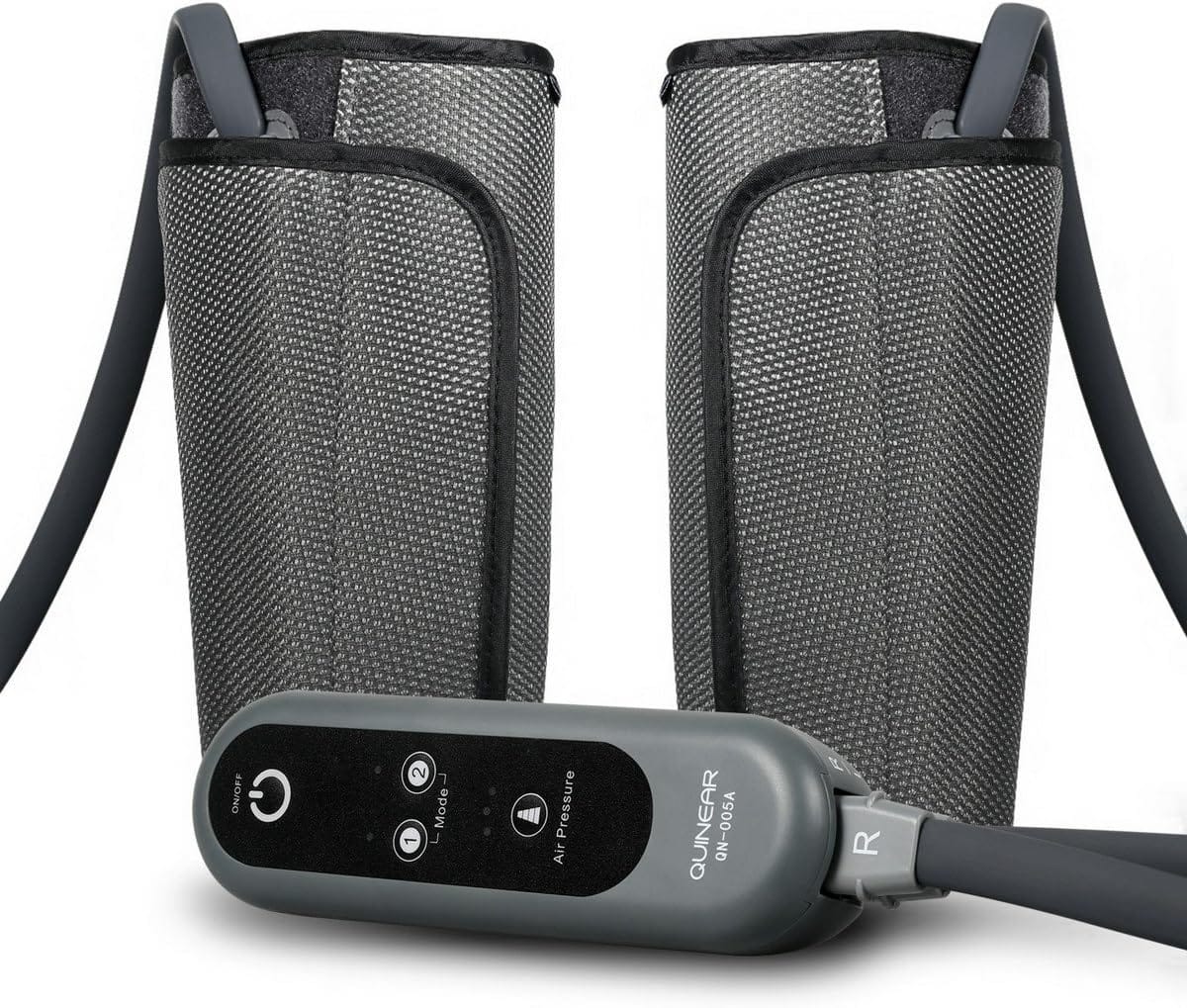
QUINEAR Leg Massager, Air Compression Calf Wraps Massager for Leg Circulation and Swelling Pain Relief
Affiliate Disclosure: This document contains affiliate links. When you click on these links and make a purchase, we may earn a commission, at no extra cost to you. Rest assured that all opinions expressed are our own. This partnership helps sustain our blog and allows us to continue providing valuable content to you for free. We appreciate your support!
Venous Clots: The Stealthy Intruders
While arterial clots garner significant attention due to their acute nature, venous clots quietly pose a considerable threat within our veins. Unlike arteries carrying oxygenated blood away from the heart, veins transport deoxygenated blood back toward it. Venous clots form due to two primary factors: slowed blood flow (stasis) or hypercoagulability (increased clotting tendency). Deep vein thrombosis (DVT) is one example illustrating the consequences of venous clots. This condition occurs when a clot forms within the deep veins of the legs, thighs, or pelvis. DVT can cause pain, swelling, and warmth in the affected area. However, its most alarming complication is pulmonary embolism (PE).
When a fragment from a DVT dislodges and travels to the lungs, it can block blood flow to this crucial organ. PE manifests as sudden-onset shortness of breath, chest pain, and even respiratory collapse—a potentially fatal outcome. These venous clots are stealthy intruders that often go unnoticed until complications arise. By understanding their formation and potential consequences, we can be more vigilant about recognizing risk factors and seeking preventative measures to mitigate their impact on our health. Blood clots manifest in various types and locations throughout our circulatory system. Arterial clots pose immediate threats such as heart attacks, strokes, and limb ischemia due to plaque buildup or injury within arteries. Venous clots silently lurk within our veins but can lead to severe complications like deep vein thrombosis (DVT) and pulmonary embolism (PE). By familiarizing ourselves with these distinct clotting scenarios, we can take proactive steps toward prevention and early intervention when necessary. Stay informed about blood clots; it might just save your life one day.
Risk Factors for Blood Clot Formation
Genetic factors
Inherited disorders affecting clotting factors or platelet function can significantly increase the risk of blood clot formation. One example is Factor V Leiden mutation, which is a genetic mutation that makes blood more prone to clotting. Individuals with this mutation have an increased risk of developing blood clots, particularly in veins. Another genetic disorder that can lead to abnormal clotting is antithrombin deficiency. Antithrombin is a protein that helps regulate the coagulation process, and its deficiency can disrupt the balance between clot formation and dissolution, increasing the risk of blood clots.
Environmental factors
Several environmental factors have been associated with an increased risk of blood clot formation. Obesity, for instance, increases the likelihood of developing blood clots due to various mechanisms. Adipose tissue releases inflammatory mediators that promote a prothrombotic state in the body. Moreover, excessive weight puts additional pressure on veins and restricts proper circulation, leading to stagnant blood flow and potential clotting. Smoking has also been identified as a significant risk factor for blood clot formation. The chemicals present in cigarette smoke damage the lining of blood vessels, promoting inflammation and increasing the likelihood of platelet activation and subsequent clot formation. Additionally, smoking decreases oxygen levels in circulation and contributes to overall poor vascular health. A sedentary lifestyle characterized by prolonged periods of sitting or physical inactivity poses another risk factor for developing blood clots. When muscles are inactive for long durations, they do not contract sufficiently to assist venous return; consequently, blood flow slows down or becomes stagnant in certain areas like the legs where gravity hinders proper circulation. This stasis can predispose individuals to deep vein thrombosis (DVT), particularly during extended periods such as long-haul flights or immobility after surgery. Certain medications, including oral contraceptives, have been associated with an increased risk of blood clot formation. Estrogen-containing birth control pills can alter the balance of clotting factors in the blood and increase the likelihood of abnormal clotting events. It is important for individuals taking such medications to be aware of their personal risk factors and discuss them with their healthcare providers to ensure appropriate monitoring and management strategies are in place. Both genetic and environmental factors contribute to the risk of blood clot formation. Genetic disorders affecting clotting factors or platelet function can disrupt the normal coagulation process, leading to a higher propensity for blood clots. Meanwhile, environmental factors such as obesity, smoking, a sedentary lifestyle, and certain medications further increase the risk. Recognizing these risk factors is crucial for implementing preventive measures and early detection strategies to mitigate potential complications related to blood clots.
Symptoms and Diagnosis of Blood Clots
Common symptoms based on location
Blood clots can manifest differently depending on their location within the circulatory system. Arterial clots, which occur in the arteries, often present with distinct symptoms. One common symptom of arterial clots is chest pain, which can be severe and may radiate to the arms, back, or jaw. This chest pain is often described as a squeezing or pressure sensation and may be accompanied by shortness of breath or difficulty breathing. In some cases, arterial clots can lead to heart attacks or strokes, which may cause sudden weakness or numbness on one side of the body. On the other hand, venous clots typically form in the deep veins of the legs. One of the key symptoms associated with venous clots is leg swelling and pain. The affected leg may become swollen, red, warm to touch, and tender around the calf area. Additionally, individuals with venous clots may experience discomfort while walking or standing due to increased pressure on the veins. It is crucial to note that if a venous clot dislodges from its original location and travels to the lungs (known as a pulmonary embolism), it can result in sudden shortness of breath accompanied by chest pain.
Products We Have Seen Be Helpful to those with Blood Clots
FDA Disclaimer: The products mentioned above are not intended to diagnose, treat, cure, or prevent any disease or health condition. The information provided in this document is for informational purposes only and is not meant as a substitute for advice from your physician or other health care professional. Always seek the advice of a doctor before starting any new treatment, discontinuing an existing treatment, or following any health or lifestyle advice mentioned here.
- Compression Stockings: Products such as the Physix Gear Compression Socks can aid in the prevention of blood clots in the legs. By applying pressure to the legs and improving blood flow, they can reduce swelling and discomfort.
- Heating Pads: A product such as the Sunbeam Heating Pad can be used to alleviate pain from a clot by improving blood flow in the affected area.
- Home Diagnostic Tools: Devices like the Care Touch Blood Testing Meter allows individuals to monitor their blood properties at home, aiding in the management of conditions that increase the likelihood of blood clots.
Affiliate Disclosure: Some of the links provided in this document are affiliate links. This means if you click on the link and purchase the item, we will receive an affiliate commission at no extra cost to you. All opinions remain our own. This helps support our blog and allows us to continue to provide free content. Thank you for your support!
Key Takeaway
Recognizing the symptoms associated with blood clots and understanding the diagnostic procedures available for their detection is crucial in ensuring timely medical intervention. Chest pain, sudden weakness/numbness, leg swelling/pain, and shortness of breath are all significant warning signs that should not be ignored. Seeking immediate medical attention when experiencing these symptoms can greatly improve outcomes and prevent potentially life-threatening complications. Remember, early detection and appropriate treatment play pivotal roles in managing blood clots effectively and ensuring optimal health.
We greatly appreciate your interest in The Wellness Ledger and are so thankful for the time you've spent learning more. Our objective is to provide you with useful information to support your journey towards improved health and wellbeing. We sincerely hope you consider joining our email list. This will ensure you stay updated with all our latest content and insights in the field of wellness. Looking forward to having you in our community!




